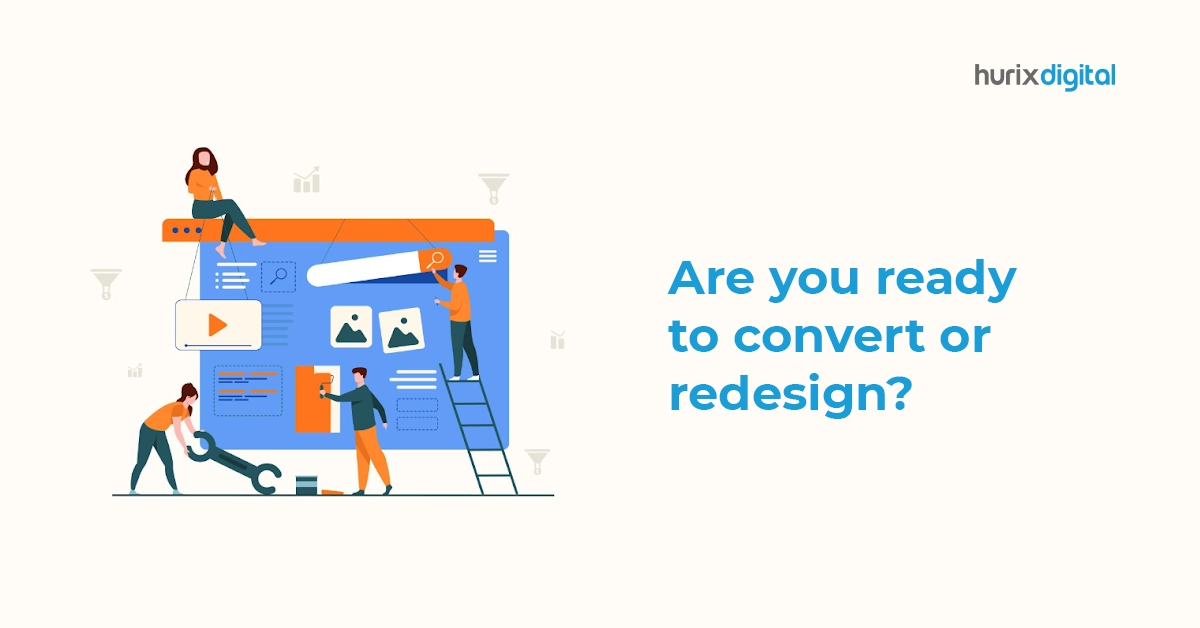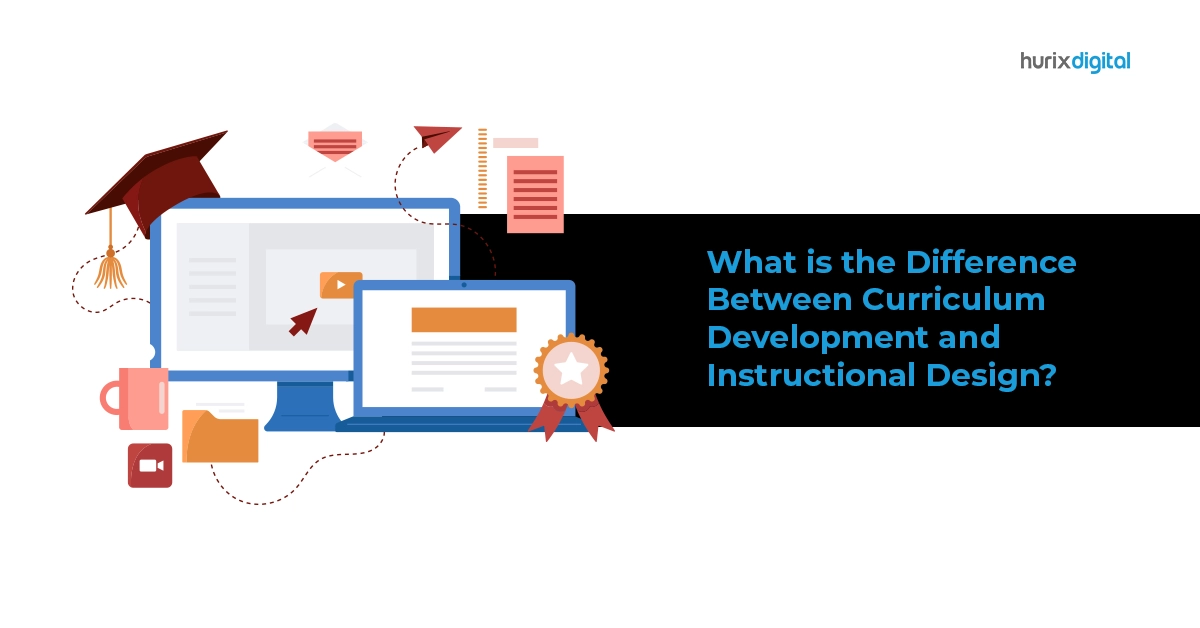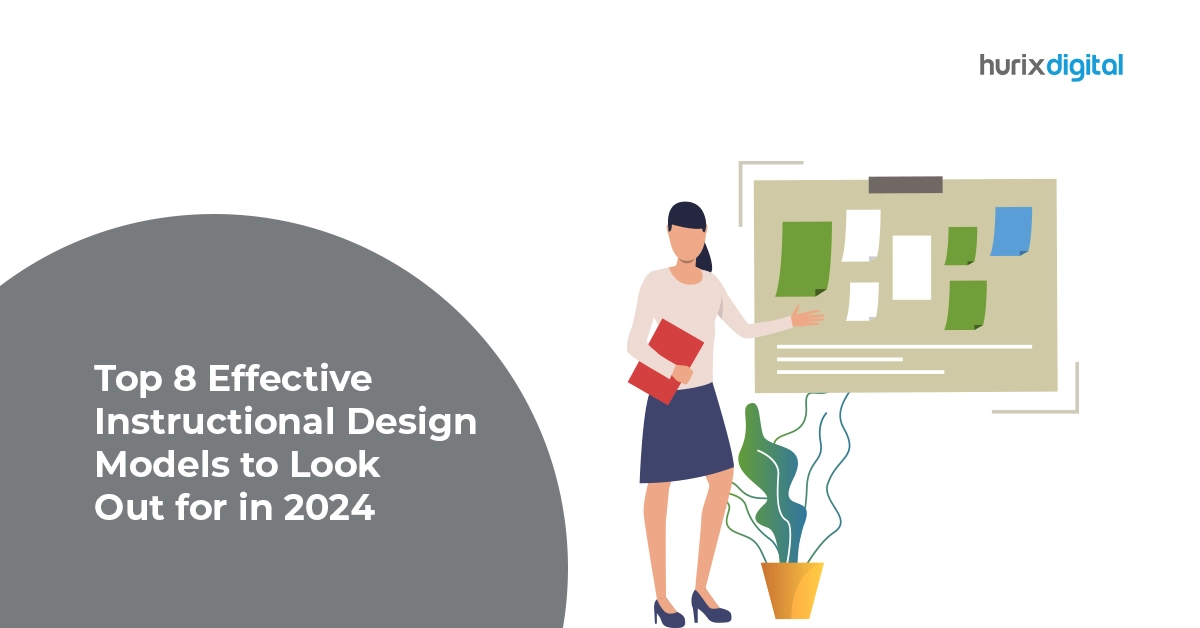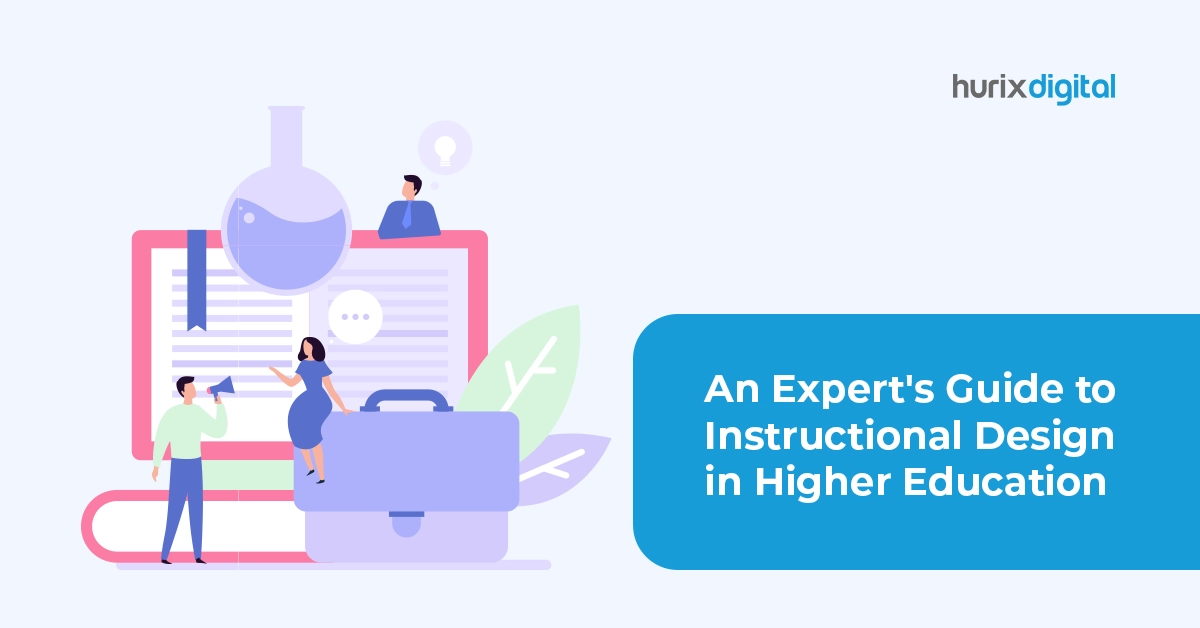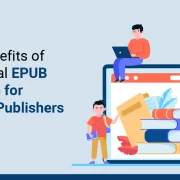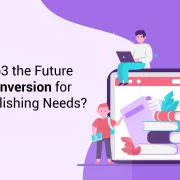With the introduction of the new normal work style post-Covid pandemic, companies have been keen on shifting their training style from Instructor Led Training (ILT) to Web Based Training (WBT) or Virtual Instructor Led Training (VILT). Companies aiming to captivate their learners always tend to provide a blended program by using different types of learning, media, and live and asynchronous learning.
As learning consultants, they aim to provide a responsive and adaptive learning experience to the learners. With the demand for WBTs, companies are still determining whether to convert or redesign their existing courses.
With every update in technology, learners have only one aim to learn, re-learn and unlearn. In recent times learners have looked for a captivating and exciting learning journey.
So how does a company decide whether to convert or redesign?
The best way to answer this question is by looking into the company’s budget to upgrade their learner experience. Re-designing an existing ILT is always cost-saving for the company. Although converting a course gives the learner the freedom to walk on their own learning journeys, it creates a pocket pinch for the learning providers.
When designing a program, a set of learning experiences get clubbed with learning objectives and impact performance over time. Blended learning provides choices on how to learn a topic or practice new behaviors.
Converting a module and incorporating video-based scenarios, examples, PDF resources, and practice simulations provide multiple ways for the learner to learn about concepts and practice.
Alternatively, learners get the time and freedom to select the most helpful resource and skip the content successfully. They also get the freedom to return to any learning concept after unsuccessfully attempting a course-end assignment. They can skip to the end and then work backward based on their understanding. Converting a course gives the learners an opportunity to first learn the concepts and then apply the acquired skill and knowledge in their work and career.
How does converting a course impact learning?
Learning only happens by engaging the learners’ attention. With a combination of recent trends like virtual reality, the Metaverse, and many more, learners always look into engagement through learning. Learners look into captivating courses that can test their knowledge or skills. With the rise of constant social media, learners tend to get bored quickly and disconnected by long on-screen text and explanations. A conversion of any course is always a win-win between the designer and the learner. Converting a course gives a chance to create compelling experiences.
Which factors impact re-designing a course?
Companies aim to present the same content in a responsive and adaptive tool aim for re-designing their course that restrict user engagement and interest. A responsive design will adapt every design element to be viewed on a desktop, laptop, tablet, or mobile phone. Whereas an adaptive design or layout will optimize accordingly and fit any screen size. Keeping the sequence of the screens and converting the ice-breaking sessions into interactive knowledge checks, the learner will only experience the same content flow as provided in the ILT.
An organization with the aim to provide course development through re-designing an elearn has a quick turnaround time. As a drawback, it limits the user to stick to a responsive PowerPoint presentation in an adaptive environment. Thus, budget, scope and the turn-around time of launching a training influence the decision to either convert or redesign an elearn.
